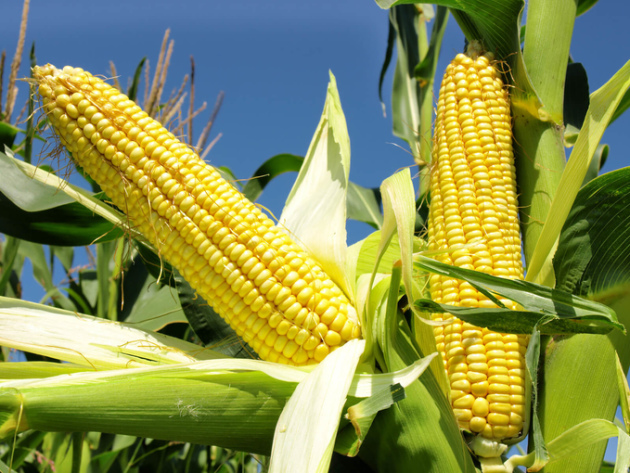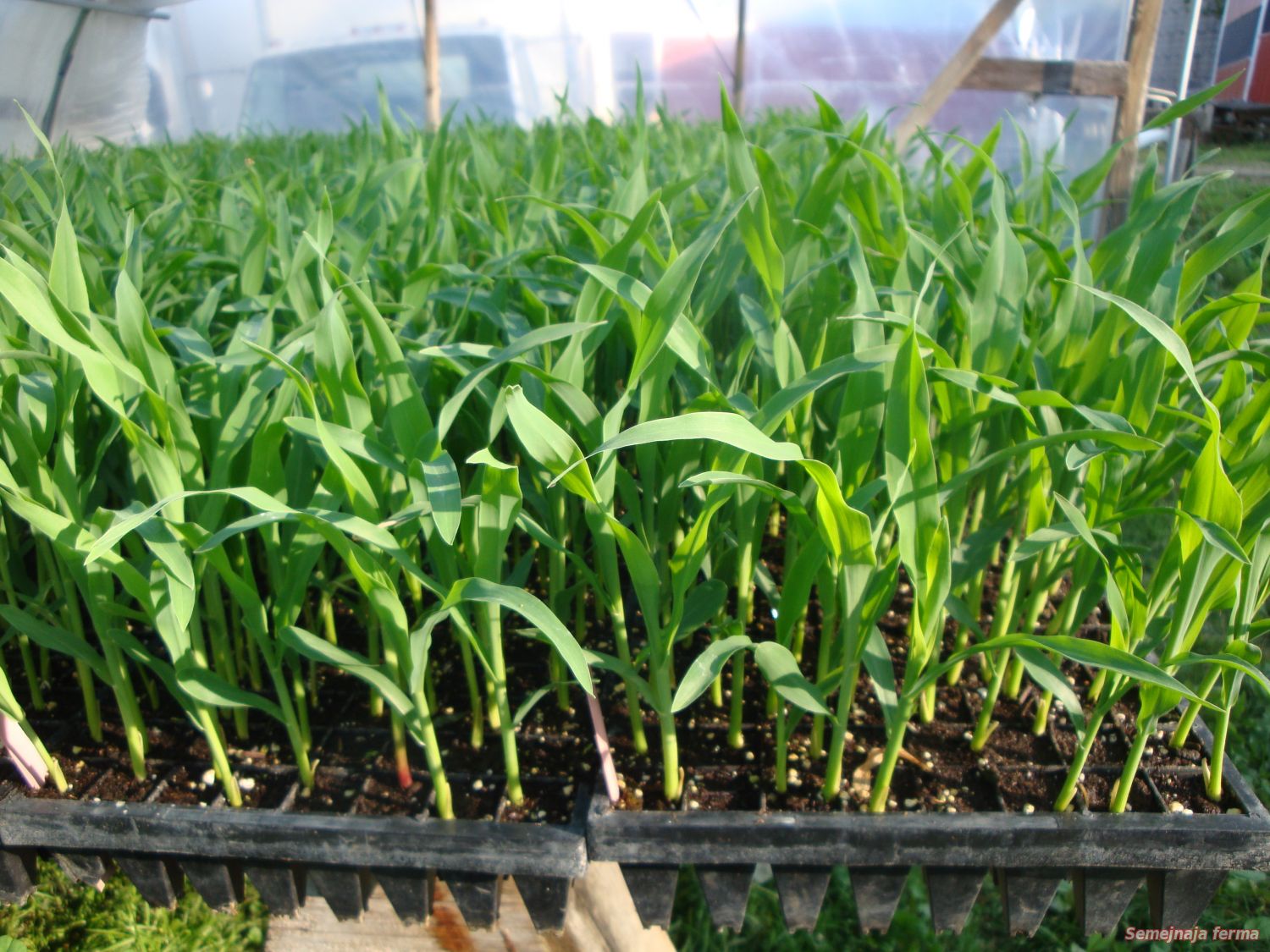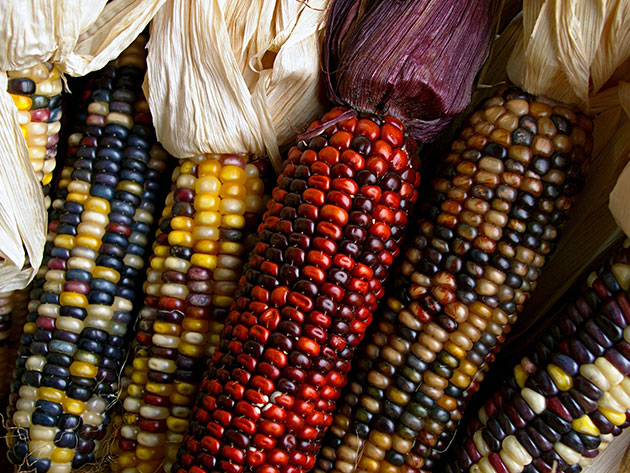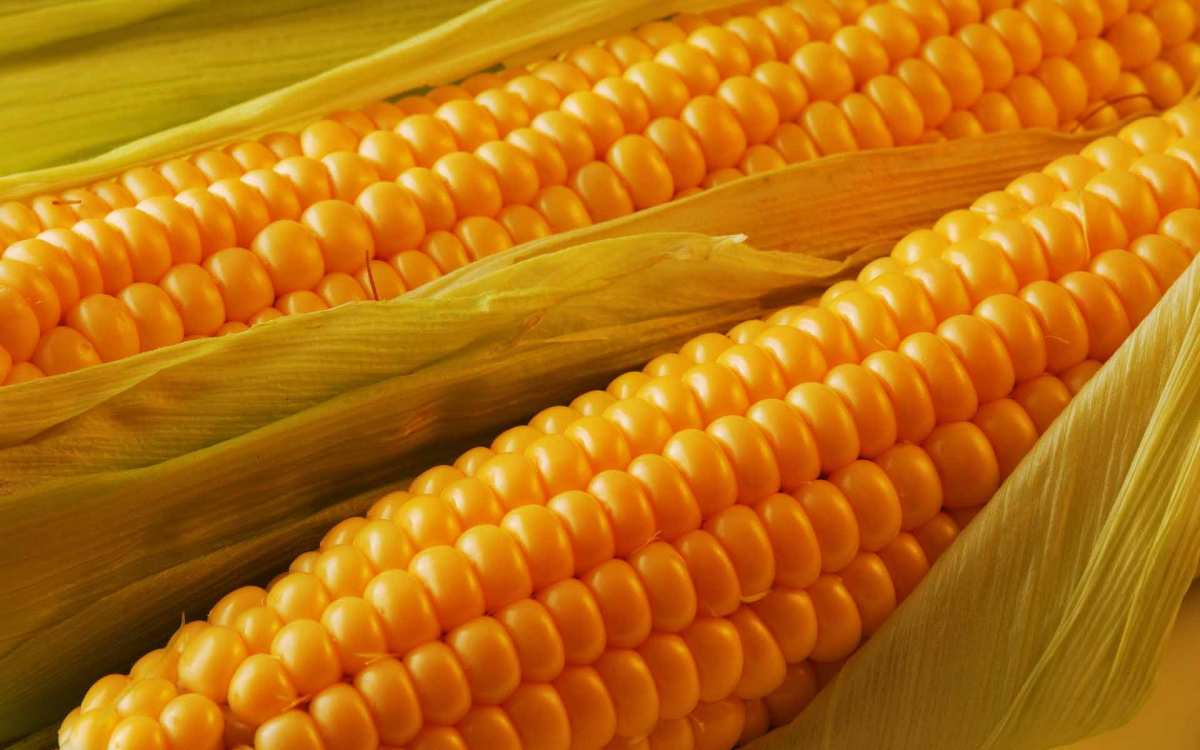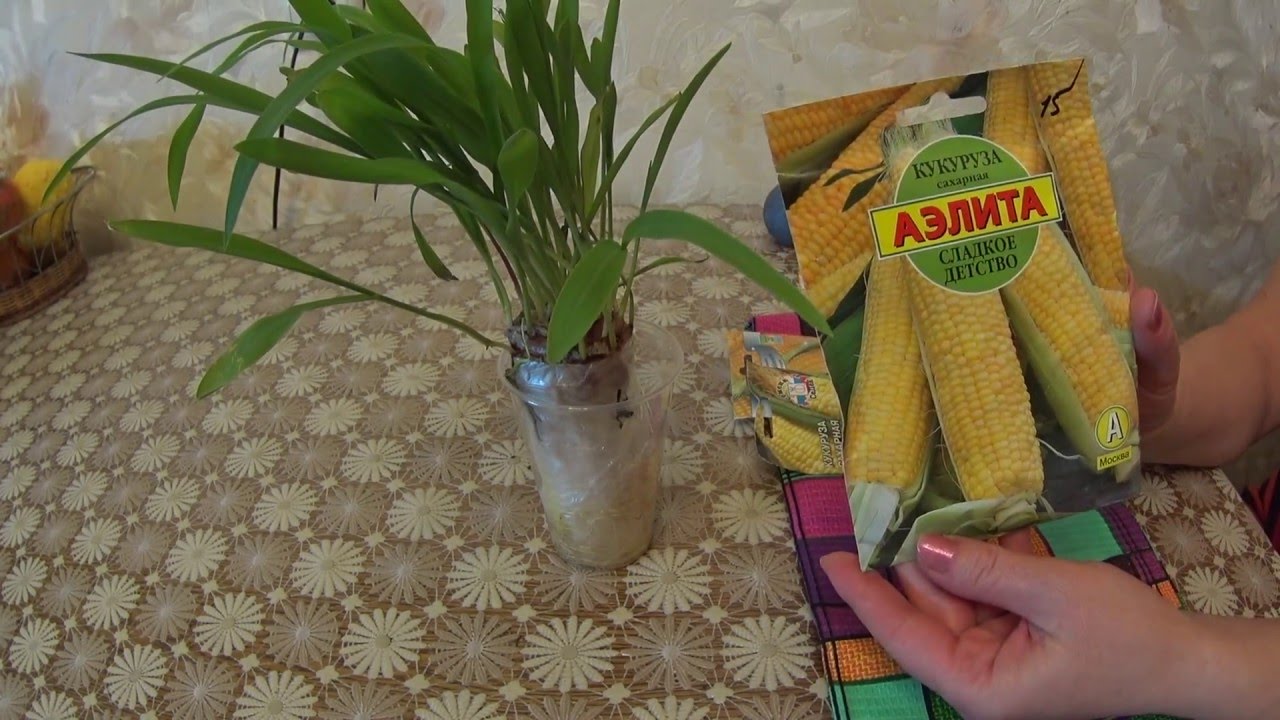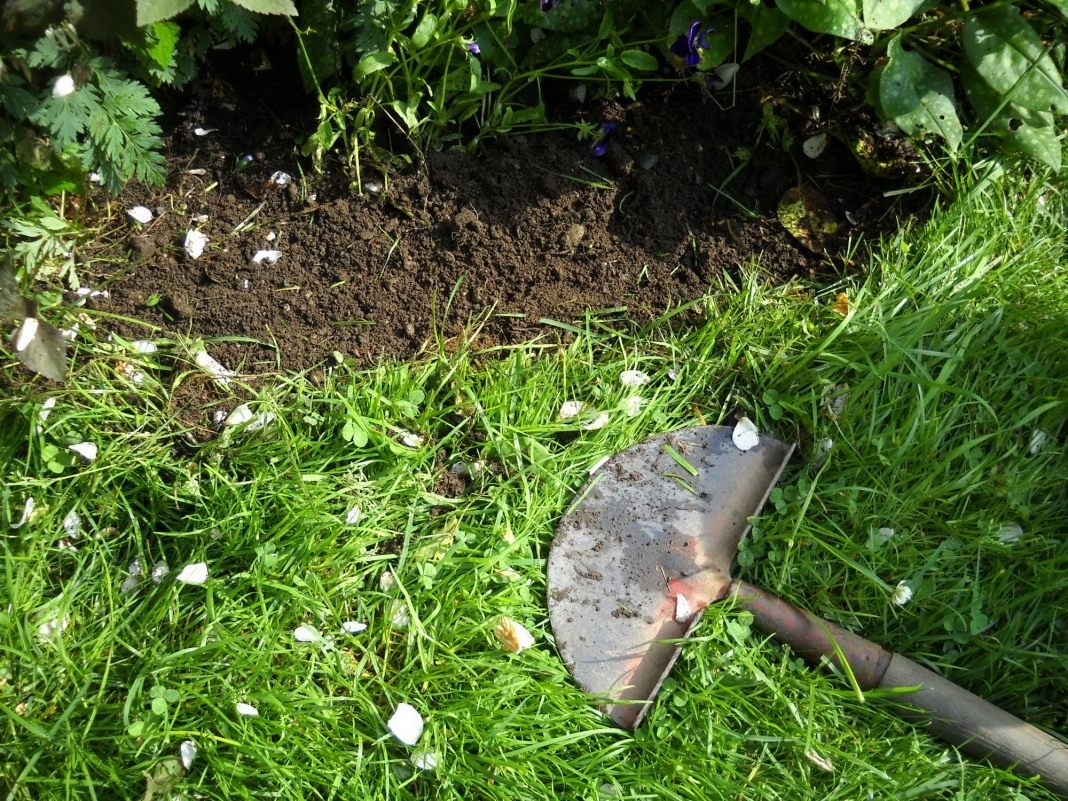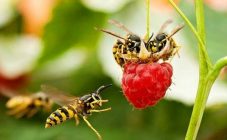Content:
Corn is not a whimsical culture and is very useful. It has many vitamins and minerals and is rich in calcium, magnesium, iron and other nutrients. Every summer resident knows how to grow corn in the country in the open field, because there is nothing complicated about it.
The culture is thermophilic, does not tolerate sudden changes in temperature. A variety of varieties allows you to grow a crop even in a short summer.
Soil preparation and selection
Planting corn at a summer cottage begins with choosing a place. For this, it is necessary to mark sunny, windless areas. Selected areas with light fertile soil, rich in humus. In cases of clogged and heavy soil, it is fluffed and drained. If the soil has high acidity, it is lime, the consumption of lime per 1 sq.m. - 300g.
The preparation of the land begins in the fall, making 1 sq. M. a mixture of half a bucket of compost, 2 tbsp. spoons of superphosphate, 1.5 tbsp. tablespoons of potassium sulfate. Then the soil is dug up. If the preparation has not been done in advance, fertilization can be applied in the spring, subject to deep loosening.
Seed preparation
Full-weight seeds are selected for planting, which can be isolated during the calibration process. Calibration is carried out by soaking the grains in brine for 2 hours. To prepare a saline solution in a liter of water, dissolve 1 tbsp. a spoonful of table salt. Over time, low-quality material will float to the surface, and full grains will settle to the bottom of the container. After this procedure, the selected seeds are washed and dried. Then the seeds are etched to protect against diseases. A weak solution of manganese, hydrogen peroxide or a powder pesticide is used as a disinfectant.
Seed material is placed evenly in a damp tissue, placed in a container and liquid is added. The liquid should not completely cover the grains so that they can access oxygen. In this state, the seeds are kept for up to 12 hours. If you regularly make up for the lack of water in the container, you can wait until the seeds hatch. The hatched seeds can be sown in the ground.
You can soak corn seeds in:
- Melt water. To obtain it, you need to put the purified water in the freezer to freeze, then take it out and wait until the ice is half thawed. The melt water temperature should be no higher than 20 degrees.
- Water with honey. Dissolve 1 tbsp in a glass of water. a spoonful of honey.
- Water with aloe. Aloe juice is dissolved in water in a 1: 1 ratio.
Seed planting dates
When determining the timing of planting corn, the climate of the region where the site is located is taken into account. For example, you can only grow corn in the northern regions using seedlings.
Optimal conditions for planting seeds or seedlings in open ground:
- the last frost has passed;
- the soil warmed up to 10 degrees.
Growing seedlings
For growing corn seedlings, a soil consisting of 2 parts of compost, 1 part of peat and 1 part of sand is suitable. In mid-April, corn seeds are sown in prepared soil or peat pots to a depth of 3 cm, several grains each. Then they are covered with a centimeter layer of sand. Transplanting seedlings into the ground can occur at the age of 20 days.
The scheme of planting corn at their summer cottage
How to plant corn in open ground with seeds in the country? For planting seeds in open ground, holes are made at a distance of 30 cm between future plants. The distance between the rows should be at least 70 cm. It is necessary to sow several seeds to a depth of 9 cm. After emergence (after 10-14 days), weak shoots are removed, leaving the most developed ones.
Seedlings are planted according to the scheme: the distance between the rows is 50-70 cm, between the plants - 30-40 cm.
Planting care
- Hilling and weeding allows you to accelerate the growth of shoots, retain more moisture in the soil, and fight weeds.
- Water the corn regularly, but in moderation. The need for watering arises when the soil is obviously drying out.
- Fertilizing the culture begins when the 7th leaf appears. A compost solution made from mullein or chicken droppings is placed under the corn root. Also, ammonium nitrate, potash, phosphate and nitrogen fertilizers are used as top dressing.
Harvesting is done in 2 stages:
- Milk maturity stage. The grains are light yellow in color and have a soft texture. Leaves are difficult to separate from the head. The tip of the panicle darkens.
- Biological maturity stage. The leaves turn yellow, the grains turn orange, the tassel of the panicle is brown.
Sowing and caring for corn in the country does not require large investments.
Care methods for obtaining sweet corn at their summer cottage:
- Selection of varieties and hybrids. The most popular is sweet corn. It has a sweet taste and is good for both children and birds as food. Among the hybrids, early ripening varieties with a growing season of 70-75 days have proven themselves well: Dobrynya, Lakomka 121. Among mid-ripening and late-ripening varieties, Sweet 77, Swift and Ice nectar are distinguished. The ear length reaches 22 cm. All hybrids are suitable for fresh consumption and canning.
- Selection of predecessors and landing sites. Corn is suitable for a sunny place where there is no shade from tall trees. Good predecessors: potatoes, zucchini, pumpkin, tomatoes, bell peppers, legumes.
- Soil preparation. It is necessary to make preparation in the fall, clearing of previous plants and weeds and enriching the soil with the necessary fertilizers and elements.
- Sowing corn. Taking into account the climatic conditions, choose the most suitable method for growing corn: seedling or seedling.
- The planting scheme should take into account the possibility of over-pollination of the plants so that the harvest begins. It is also necessary to prevent thickening of the plantings so that the harvest is not small and painful.
- Proper crop care. Watering is carried out on average 1 time in 7-10 days, the culture is regularly fed and hilled.
- Prevention of diseases. Often the culture is affected by bacteriosis. The disease is fungal in nature, affects both the ears and the organs of vegetation. A diseased plant must be removed and burned. For prevention, seeds are treated with biofungicides.
Each summer resident decides for himself how to plant corn in the country, how it will be grown among garden flowers or vegetable crops, whether to grow corn in a greenhouse to get an early harvest. But everyone agrees that in order to grow corn, you need to take into account agricultural techniques and rules for caring for the crop.
